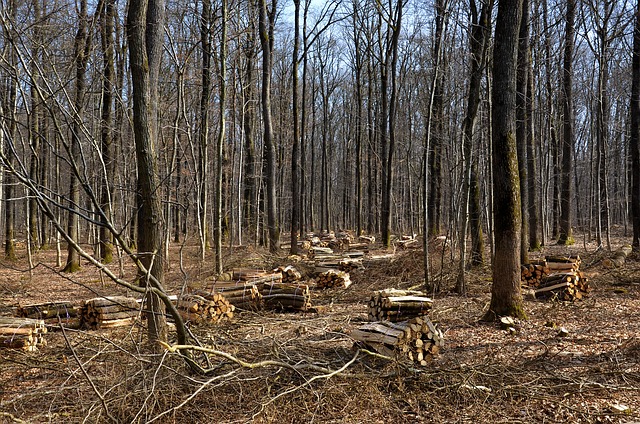Driving Emission Reduction: Circular Economy’s Role in Tackling Climate Change
As we stand at the precipice of climate change, the urgency to reduce emissions has never been more pressing. The challenges we face are daunting, but there is a beacon of hope: the circular economy. This innovative approach is not only reshaping industries but is also a critical player in the fight against climate change.
The Essence of a Circular Economy
The circular economy is a transformative model that redefines our relationship with resources. Rather than a linear take-make-dispose” mentality, it promotes a system where materials are reused, repaired, refurbished, and recycled. This shift not only minimizes waste but also conserves energy and reduces emissions. In an era where our planet feels the strain of overconsumption, embracing circularity is a conscious choice that resonates with our collective responsibility to protect the environment.
A Path to Emission Reduction
The relationship between the circular economy and emissions reduction is straightforward yet profound. Traditional production methods contribute significantly to greenhouse gas emissions. In contrast, a circular economy drastically reduces these emissions by limiting resource extraction and fostering sustainable use. For instance, when products are designed for longevity and reusability, the energy and materials used in production can be substantially lowered, leading to a marked decrease in carbon output.
Real-World Examples
Countries and organizations around the globe are beginning to recognize the potential of the circular economy to combat climate change. In Europe, initiatives aimed at creating a circular economy have resulted in substantial emissions reductions in various sectors. For example, the textiles industry has seen a shift towards sustainable practices, where brands promote clothing rentals and recycling programs. These initiatives not only cut emissions but also encourage consumers to rethink their purchasing habits, making sustainability an integral part of everyday life.
Community Engagement and Education
The transition to a circular economy cannot happen in isolation; it requires active participation from communities, businesses, and governments. Education plays a pivotal role in this movement. By informing individuals about the impacts of their consumption patterns and the benefits of circular practices, we can foster a new wave of environmentally conscious citizens. Workshops, community programs, and outreach initiatives can empower individuals to take action in their own lives, creating a ripple effect that promotes sustainability.
The Road Ahead
As we proceed on this journey, it is essential to recognize that the circular economy is a powerful tool in the fight against climate change, offering not just a new way of thinking but a tangible path to reducing emissions. The time to act is now. By embracing circular principles, we can protect our environment for future generations and tackle the growing threat of climate change together.



